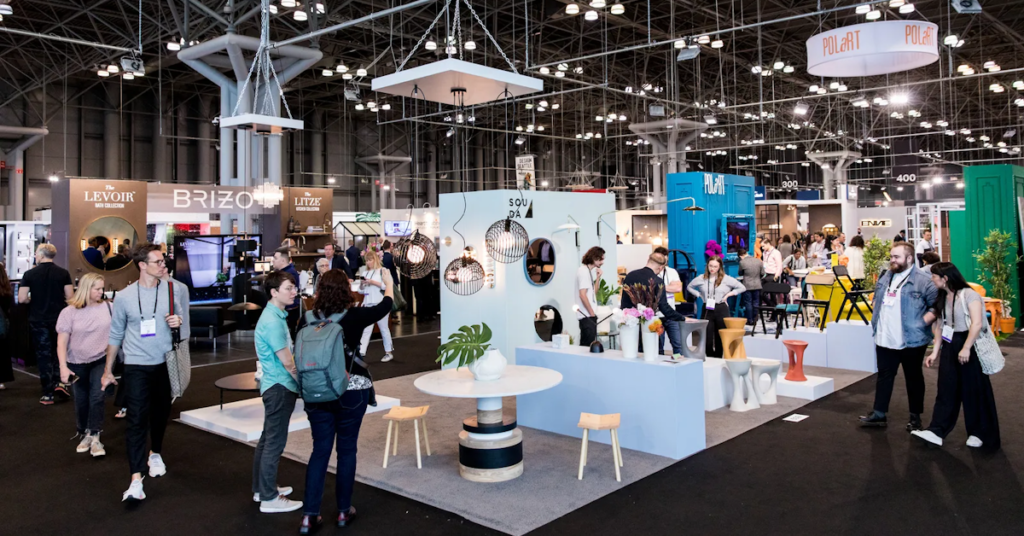Building a robust professional network while studying interior design is also interior designer role. It can set the foundation for a successful career. As the design industry evolves, connections with industry professionals, peers, and mentors can provide invaluable opportunities for growth and advancement. Here’s a guide to help you create and nurture a strong network during your studies.
1. Leverage School Resources
Participate in School Events: Attend design workshops, guest lectures, and networking events organized by your institution. These events are a great way to meet industry professionals and fellow students who share your passion.
Engage with Faculty: Your professors and instructors are often well-connected in the industry. Engage with them actively, seek their advice, and express your career interests. They can provide valuable recommendations and introduce you to their professional network.
Join Student Organizations: Many schools have design clubs or associations. Join these organizations to meet like-minded individuals, participate in group projects, and attend exclusive events that can expand your network.
2. Attend Industry Events
Design Conferences and Expos: Participate in design conferences, expos, and trade shows. These events are excellent for meeting industry leaders, discovering the latest trends, and making valuable connections.
Workshops and Seminars: Enroll in workshops and seminars outside your academic curriculum. These events offer opportunities to learn new skills and interact with professionals in a more informal setting.
Local Networking Events: Look for local networking events or meetups related to interior design. These can often be found through design associations, local chambers of commerce, or online event platforms.
3. Utilize Social Media
Build a Professional Presence: Create and maintain a professional presence on platforms like LinkedIn, Instagram, and Pinterest. Share your projects, follow industry leaders, and engage with relevant content to increase your visibility.
Join Online Communities: Participate in online forums and groups related to interior design. Platforms like Reddit, Facebook, and LinkedIn have dedicated groups where you can ask questions, share ideas, and connect with other designers.
Follow Industry Influencers: Follow influential interior designers, firms, and industry publications. Engage with their content by commenting, sharing, and contributing to discussions.
4. Internships and Part-Time Jobs
Gain Practical Experience: Seek internships or part-time positions in interior design firms. This hands-on experience will not only enhance your skills but also provide opportunities to network with professionals and potential mentors.
Build Relationships: During your internship, make an effort to build relationships with your colleagues, supervisors, and clients. These connections can provide valuable references and recommendations in the future.
Attend Company Events: If possible, attend company events or social gatherings. These informal settings are great for building rapport with industry professionals.
5. Collaborate on Projects
Work on Group Projects: Collaborate with your peers on design projects. This experience helps you build teamwork skills and create connections with other students who may become future collaborators or industry contacts.
Participate in Design Competitions: Enter design competitions and contests. These events often involve working with diverse teams and can lead to connections with other talented designers and industry professionals.
Volunteer for Design-Related Causes: Volunteer your design skills for community projects or non-profit organizations. This not only helps build your portfolio but also expands your network by connecting with other volunteers and stakeholders.
6. Maintain and Nurture Connections
Follow Up Regularly: After meeting new contacts, follow up with a personalized message or email. Express your appreciation for their time and discuss any potential collaborations or opportunities.
Stay in Touch: Regularly update your contacts on your progress and achievements. Share your latest projects, milestones, and career developments to keep the relationship active.
Offer Help and Support: Networking is a two-way street. Offer help, support, and valuable information to your connections whenever possible. Building reciprocal relationships strengthens your network and fosters goodwill.
Conclusion
Building a strong network while studying interior design as an interior designer role requires proactive engagement and genuine relationship-building. By leveraging school resources, attending industry events, utilizing social media, gaining practical experience, collaborating on projects, and nurturing connections, you can create a valuable network that will support your career growth. Start today, and watch as your interior designer role grows network and opens doors to exciting opportunities in the interior design industry.





